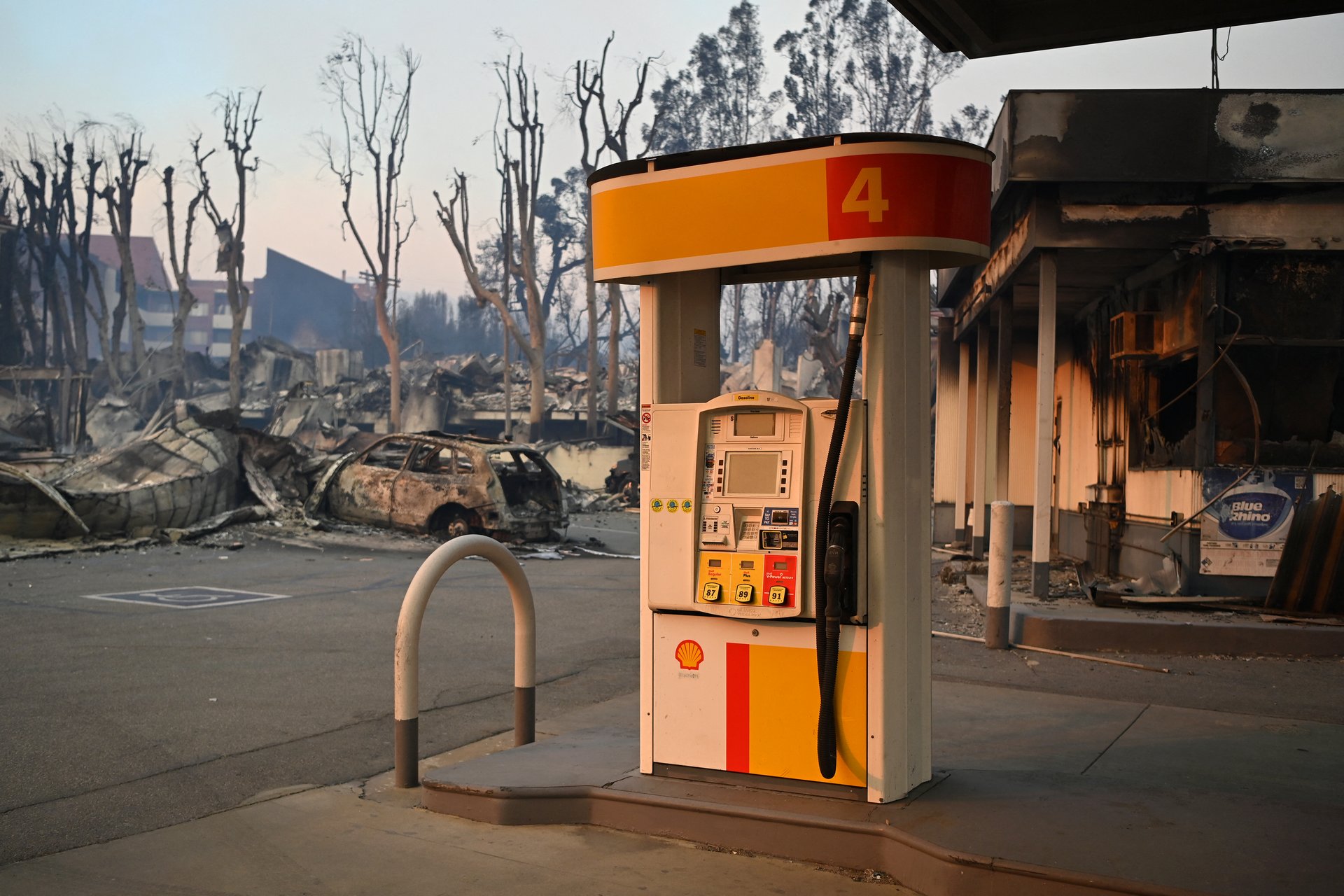Gas is cheap this summer despite war in the Middle East
Gas prices are even lower than they were when the conflict between Israel and Iran began, as oil prices have fallen

Photo: Agustin Paullier (Getty)
Conflict in the Middle East almost historically has meant higher gas prices. But that could be changing.
Suggested Reading
Gas is 23 cents cheaper now, on the national average, than it was in late June 2024, according to the U.S. Energy Information Administration. It’s even lower than it was when Israel and Iran started bombing each other.
Related Content
On Monday, two days after the U.S. bombed Iran’s nuclear sites, the country retaliated by targeting a U.S. military base in Qatar — with advance warning, and which resulted in no casualties. Analysts interpreted that prudent decision as a sign that Iran would not sabotage energy infrastructure or oil tankers, nor would it block the crucial Strait of Hormuz.
And so the price of Brent crude dropped by $5.53 a barrel, “the largest single-day dollar decline in front-month oil futures since summer 2022,” according to the Wall Street Journal.
This counterintuitive narrative speaks to “the increasing efficiency of energy markets and fundamental changes to global crude supply,” wrote Reuters energy columnist Ron Bousso, “suggesting that Middle East politics will no longer be the dominant force in oil markets they once were.”
As a point of comparison, prices doubled in 1979 after the Iranian Revolution, and again when Iraq invaded Kuwait in 1990. The start of the Second Gulf War in 2003 saw a 46% price surge.
What’s changed? Much faster access to better data that can monitor impact, for one thing. And many oil-producing countries in the region have invested in infrastructure that could bypass some regional conflict, like Saudi Arabia’s pipeline to the Red Sea, or storage facilities in Europe and Asia that can regulate dispersion to markets.
More crucially, the Middle East no longer has a stranglehold on global supply: The region currently accounts for less than a third of the total supply, as opposed to the more than half it was in the 1970s. Increased U.S. production is expected to keep prices low for the remainder of 2025.
